
World History Quiz
Difficulty : Medium-Hard Get 5/10 correct to pass the quiz
Question 1 of 10
What was co-invented by Samuel Morse in 1838?
Question 2 of 10
The implementation of aqueducts and roads is associated with which civilization?
Advertisement
Question 3 of 10
What was President Coolidge's first name?
Question 4 of 10
What was the first commercially available RPG?
Question 5 of 10
The 'F6F Hellcat' plane was used predominantly by which country in World War II?
Question 6 of 10
Who was the promoter of the Athenian democratic reform in the V century BC?
Question 7 of 10
What was the nickname of the Strategic Defense Initiative, the anti-ballistic missile defense project that was proposed by Ronald Reagan?
Advertisement
Question 8 of 10
During the American civil war, in which year did the battle of 'Gaines' Mill' take place?
Question 9 of 10
Who lived in the house used for the Nelson Mandela National Museum?
Question 10 of 10
Condoleeza Rice was Secretary of State under which US President?
Advertisement

MORE QUIZZES
Quiz : Lyrics of the 1960s.
10 questions. 10 songs. How many will you rem..
10 questions. 10 songs. How many will you rem..

Super fun trivia quiz
Expert questions for developed minds
Expert questions for developed minds

Quiz : 1970s Hits
How many of these fantastic songs do you reme..
How many of these fantastic songs do you reme..

Mixed Knowledge Quiz
How many of them will you answer correctly?
How many of them will you answer correctly?

10 mixed trivia questions
You won't get close to 10/10 in this quiz
You won't get close to 10/10 in this quiz
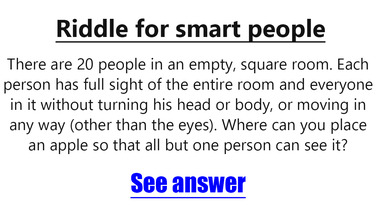
Quiz : We removed a word fro
Can you find the missing word?
Can you find the missing word?

10 trivia questions for smar
How high will you score?
How high will you score?
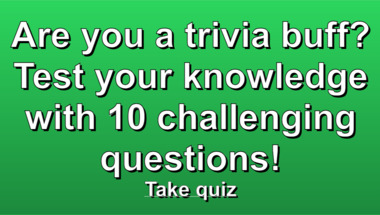
Geography Trivia Quiz
10 Impossible Questions
10 Impossible Questions

Quiz about animals
Nail it or kiss me!
Nail it or kiss me!

HARD trivia quiz
Score above 4/10 to beat it
Score above 4/10 to beat it

Movie Trivia Quiz
10 fun questions
10 fun questions

Movie Quiz
10 mixed movie questions
10 mixed movie questions

Advertisement
World Geography Quiz
Where have you been?
Where have you been?

Quiz : Action movies of the
We tell you the stars, you tell us the movie!
We tell you the stars, you tell us the movie!

1960s song quiz
10 songs to guess
10 songs to guess

Quiz : 1970s Hits
How many of these fantastic songs do you reme..
How many of these fantastic songs do you reme..

10 trivia quiz questions
Take it here
Take it here

10 General Knowledge Questio
And You Will Fail At Least 50% Of Them
And You Will Fail At Least 50% Of Them

1980s Lyrics Quiz
Do you remember all these famous songs?
Do you remember all these famous songs?

Quiz : Song Lyrics back in t
Let me know your score in the comments
Let me know your score in the comments

Movie Quiz
10 questions
10 questions

I made you a quiz about 60s
Do you also love music from the 1960s?
Do you also love music from the 1960s?

A quiz about food
10 questions lined up for you
10 questions lined up for you

Quiz : We tell you the 1960s
10 bands to guess
10 bands to guess

Advertisement
General Trivia Quiz
10 fun questions
10 fun questions

Take quiz and comment now
Which question did you fail first?
Which question did you fail first?

Einstein Quiz
Can you score 7 or higher?
Can you score 7 or higher?

Trivia for high IQ participa
10 Impossible Questions
10 Impossible Questions
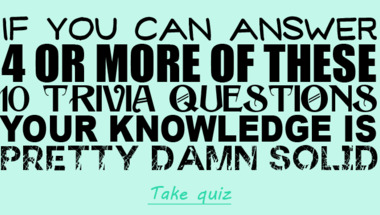
History Quiz
Let's see how smart you really are!
Let's see how smart you really are!
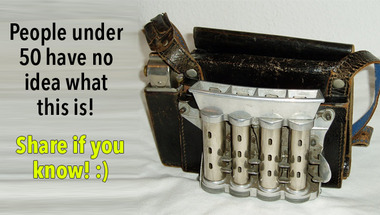
World History Quiz
Tell us your result in the comments
Tell us your result in the comments
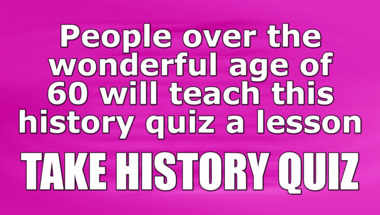
History Trivia Quiz
Tell us your score in the comment section bel..
Tell us your score in the comment section bel..
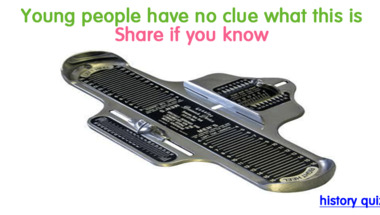
Movie Quiz
10 questions
10 questions

Music Quiz
How high can you score?
How high can you score?
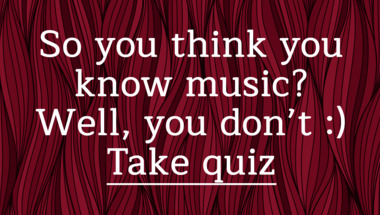
Senior History Trivia Quiz
Test your knowledge with these 10 trivia ques..
Test your knowledge with these 10 trivia ques..
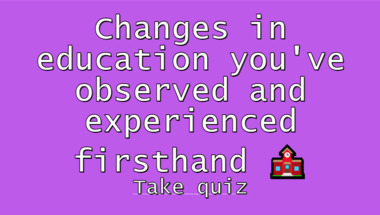
A quiz with 10 trivia questi
How many of them will you answer correctly?
How many of them will you answer correctly?
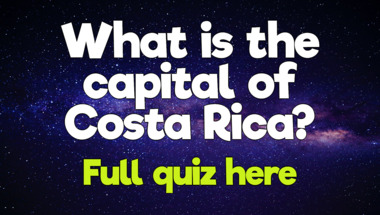
1950s Song Quiz
How many songs do you know?
How many songs do you know?

Advertisement
Trivia Quiz. Are you ready?
10 mixed up questions
10 mixed up questions
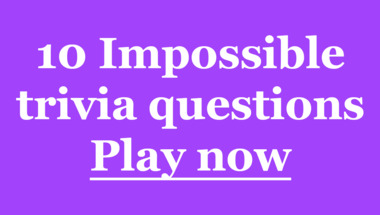
Movie quiz
10 questions to test your knowledge
10 questions to test your knowledge

General Trivia Challenge
10 random questions
10 random questions

10 mixed trivia questions
Lets see how smart you really are!
Lets see how smart you really are!
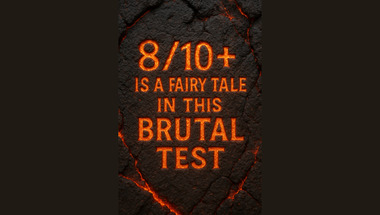
Knowledge TRIVIA test
10 mixed questions for you
10 mixed questions for you

Science & Nature Quiz
Let's see how smart you really are!
Let's see how smart you really are!

General Trivia Quiz
10 fun questions
10 fun questions

Song Quiz : The 1960s
Tell us your result in the comments
Tell us your result in the comments

Exclusive trivia quiz for ou
Thanks for being part of our community!
Thanks for being part of our community!
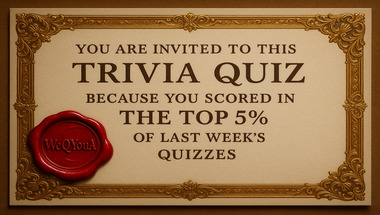
General Trivia Quiz
Let's see how smart you really are!
Let's see how smart you really are!

Europe Travel Quiz
10 questions to test your knowledge
10 questions to test your knowledge

Geography Trivia Quiz
Let's test your trivia skills!
Let's test your trivia skills!

Advertisement
Trivia quiz suitable for all
What will be the height of your score?
What will be the height of your score?

Quiz : Cars people used to d
10 questions to test your knowledge
10 questions to test your knowledge

10 general trivia questions
A quiz about nothing and everything
A quiz about nothing and everything

10 question general trivia q
Mixed categories
Mixed categories
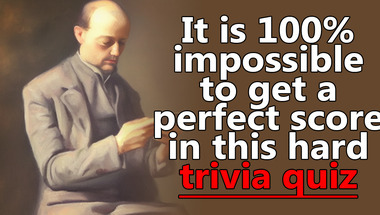
General trivia quiz
10 mixed questions
10 mixed questions
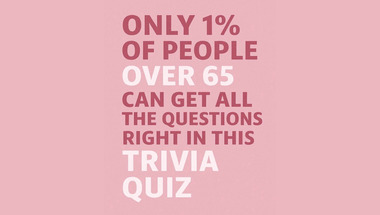
Food/Cooking Quiz
10 tasty questions
10 tasty questions

Quiz : We give you the movie
How many correct answers will you get?
How many correct answers will you get?

General Knowledge Quiz (10 q
10 mixed questions
10 mixed questions

General Trivia Quiz
10 questions to answer
10 questions to answer
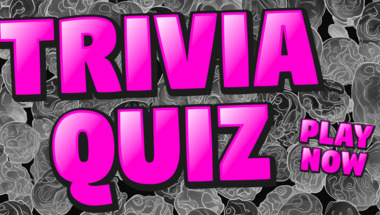
General Trivia Quiz
How many correct will you get?
How many correct will you get?
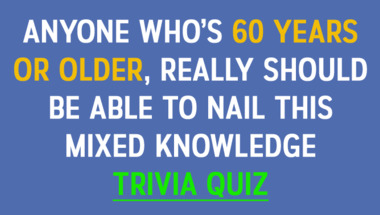
Mixed trivia quiz
10 general knowledge questions
10 general knowledge questions
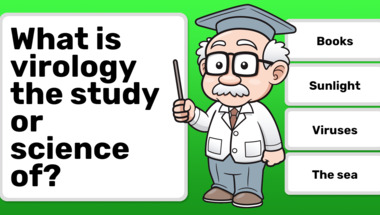
1960s Song Quiz
10 mixed questions in one quiz
10 mixed questions in one quiz

Advertisement
1970s Song Quiz
How many songs do you know?
How many songs do you know?
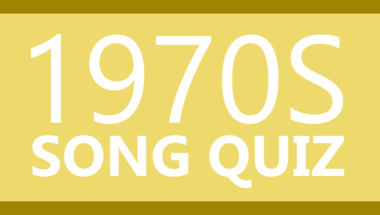
Knowledge Quiz For The Very
Tell your score in the comments below!
Tell your score in the comments below!

Geography Quiz (Super Hard)
Can you score 5 or higher?
Can you score 5 or higher?
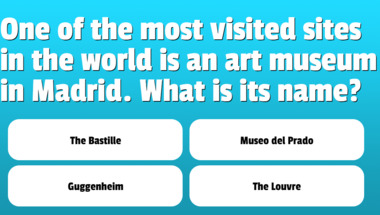
Movie Quiz
10 questions are waiting for you
10 questions are waiting for you

General knowledge quiz for s
10 mixed up questions
10 mixed up questions

Trivia Quiz for the intellec
Can you score 8/10?
Can you score 8/10?

World History Trivia Quiz
10 mixed questions
10 mixed questions

1970s Song Quiz
10 questions
10 questions

Trivia Quiz for 60+
Ten amazing questions
Ten amazing questions
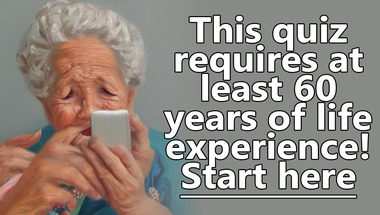
Einstein Meter Trivia Quiz
Let us know your score in the comments
Let us know your score in the comments

Impossible general trivia qu
You won't get close to 10/10 in this quiz
You won't get close to 10/10 in this quiz

Mixed Knowledge Quiz
10 questions to test your knowledge
10 questions to test your knowledge
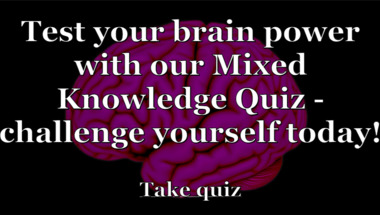
Advertisement
Animal Quiz
10 mixed questions
10 mixed questions

General trivia quiz
10 questions
10 questions

Quiz : We removed a word fro
How many correct answers will you get?
How many correct answers will you get?

History Quiz
Will you get history right?
Will you get history right?
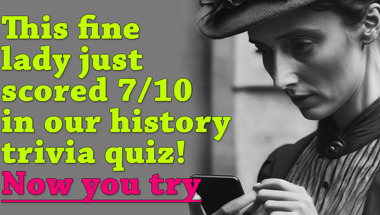
Medicine Quiz
10 mixed questions
10 mixed questions

Grandmas Food & Cooking Quiz
Do you have the knowledge for this one?
Do you have the knowledge for this one?

1960s Song Quiz
10 mixed questions
10 mixed questions

Mixed Trivia Quiz
Let us know your score in the comments
Let us know your score in the comments

1970s Song Quiz
10 songs to guess
10 songs to guess

Mixed trivia quiz
10 mixed up questions
10 mixed up questions
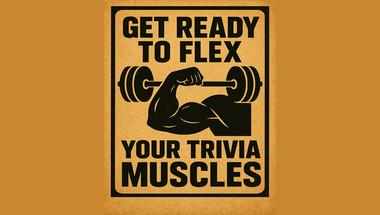
1960s Song Quiz
Can you name the artists?
Can you name the artists?

Science Quiz
10 mixed questions
10 mixed questions

Advertisement
Movie Quiz
10 questions
10 questions

General trivia quiz
10 mixed questions
10 mixed questions

General Trivia Quiz
10 mixed questions
10 mixed questions

World History Quiz
10 questions to test your knowledge
10 questions to test your knowledge
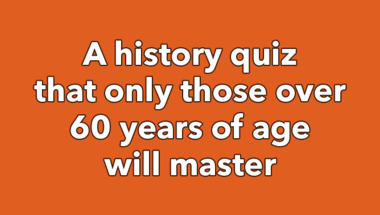
10 General Knowledge Questio
Let's test your trivia skills!
Let's test your trivia skills!
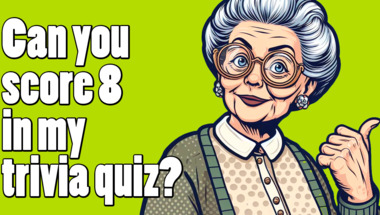
General Trivia IQ challenge
Is your IQ high enough for these questions?
Is your IQ high enough for these questions?
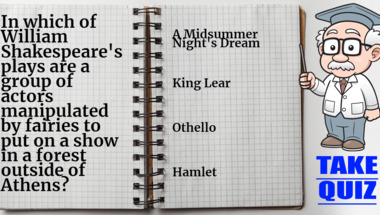
Quiz : Song Lyrics back in t
Let me know your score in the comments
Let me know your score in the comments

General Knowledge For Trivia
How many of them will you answer correctly?
How many of them will you answer correctly?

General Knowledge For Trivia
How many correct will you get?
How many correct will you get?
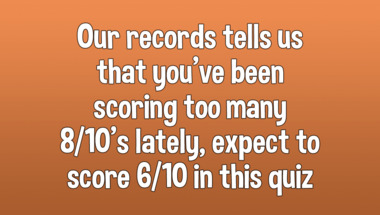
Quiz : Who write these 10 cr
How many correct will you get?
How many correct will you get?

History quiz
You know you want to try this quiz
You know you want to try this quiz

Trivia Quiz : 10 general kno
Are you up for a quiz?
Are you up for a quiz?
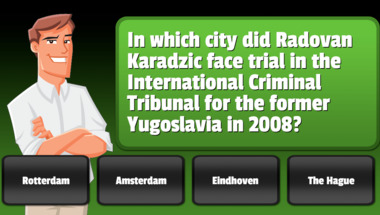
Advertisement
Music Quiz
How high can you score?
How high can you score?
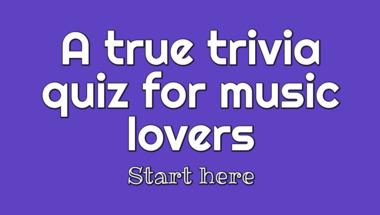
Impossible general knowledge
That last questions will make you stumble
That last questions will make you stumble
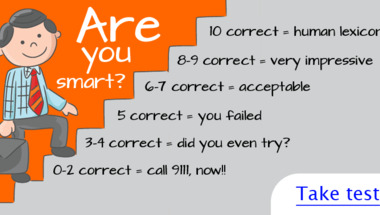
10 general trivia questions
Trivia quiz for experts
Trivia quiz for experts
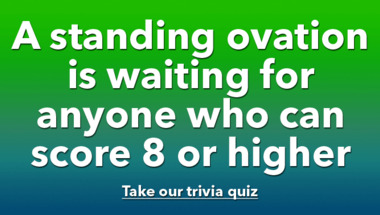
Trivia quiz covering a varie
10 mixed category questions
10 mixed category questions

General trivia quiz
10 fun questions
10 fun questions
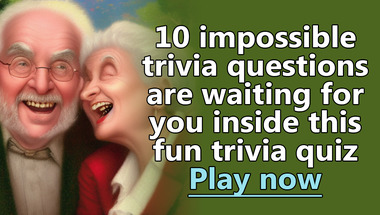
TV-QUIZ
What do you remember?
What do you remember?
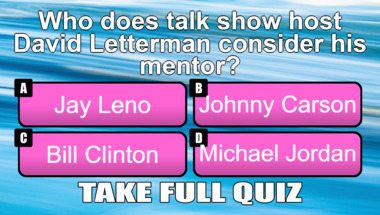
Science & Nature Quiz (S
Can you score 5 or higher?
Can you score 5 or higher?

1950s Song Quiz
How many songs do you know?
How many songs do you know?

Quiz : We removed a word fro
Can you help us find the missing words?
Can you help us find the missing words?
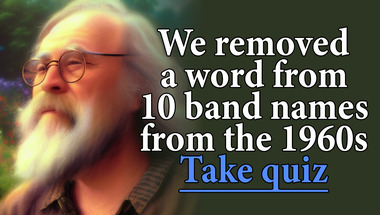
Science & Nature Trivia Quiz
10 Almost Impossible Questions
10 Almost Impossible Questions

Science Trivia Quiz
10 questions to test your knowledge
10 questions to test your knowledge
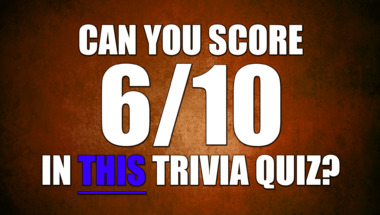
Quiz on Historical Events
10 historical trivia questions
10 historical trivia questions

Advertisement
A quiz about the leading rol
10 questions to test your knowledge
10 questions to test your knowledge

Quiz about food and cooking
10 mixed questions
10 mixed questions

World History Quiz
Did you pay attention in school?
Did you pay attention in school?
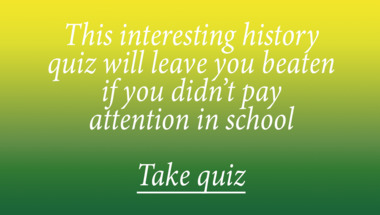
Trivia quiz for 60+
10 questions about mixed knowledge
10 questions about mixed knowledge
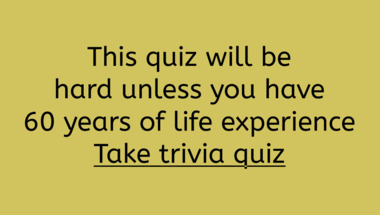
10 General Knowledge Questio
Let's see how smart you really are!
Let's see how smart you really are!

10 hard geography questions
Let us know your score in the comments
Let us know your score in the comments

Fun general trivia quiz
10 questions to test your knowledge
10 questions to test your knowledge
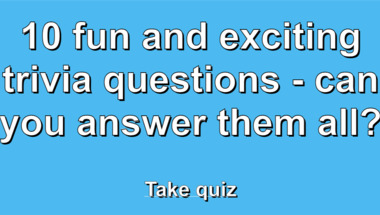
1950s Music Quiz
10 mixed up questions
10 mixed up questions

Geography Quiz
10 questions
10 questions

1970s Lyrics Quiz
These lines are all missing a word!
These lines are all missing a word!

Movie quiz for movie fans
10 hot questions
10 hot questions

General Trivia Quiz
10 mixed up questions
10 mixed up questions

Advertisement